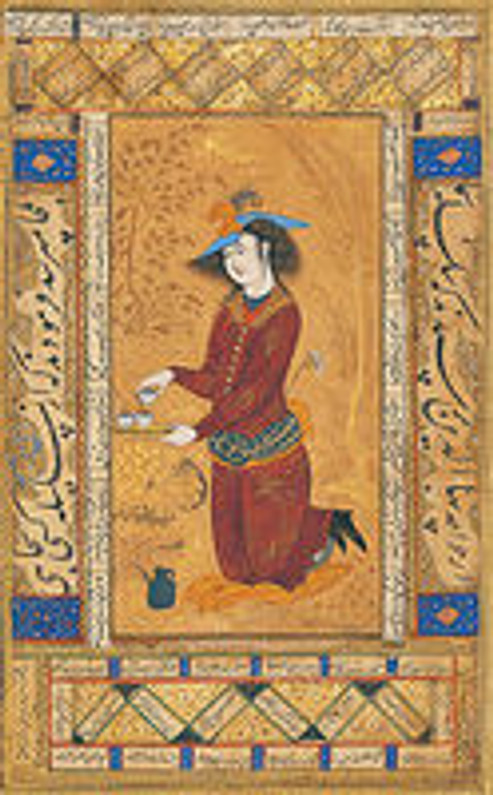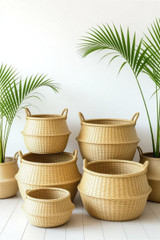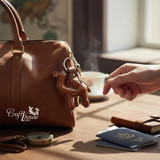Persian miniature , hand painted art , Persian painting ,art
Persian miniature is a small painting on paper,Bone,Shell , stone etc.
A Persian miniature is a richly detailed miniature painting which depicts religious or mythological themes from the region of the Middle East now known as Iran. The art of miniature painting in Persia flourished from the 13th through the 16th centuries, and continues to this day, with several contemporary artists producing notable Persian miniatures. These delicate, lush paintings are typically visually stunning, with a level of detail which can only be achieved with a very fine hand and an extremely small brush.
The techniques are broadly comparable to the Western and Byzantine traditions of miniatures in illuminated manuscripts. Although there is an equally well-established Persian tradition of wall-painting, the survival rate and state of preservation of miniatures is better, and miniatures are the best-known form of Persian painting in the West, and many of the most important examples are in Western, or Turkish, museums. Miniature painting became a significant Persian genre in the 13th century, receiving Chinese influence after the Mongol conquests, and the highest point in the tradition was reached in the 15th and 16th centuries. The tradition continued, under some Western influence, after this, and has many modern exponents.
The bright and pure coloring of the Persian miniature is one of its most striking features. Normally all the pigments used are mineral-based ones which keep their bright colors very well if kept in proper conditions, the main exception being silver, mostly used to depict water, which will oxidize to a rough-edged black over time.The conventions of Persian miniatures changed slowly; faces are normally youthful and seen in three-quarters view, with a plump rounded lower face better suited to portraying typical Central Asian or Chinese features than those of most Persians. Lighting is even, without shadows or chiaroscuro. Walls and other surfaces are shown either frontally, or as at (to modern eyes) an angle of about 45 degrees, often giving the modern viewer the unintended impression that a building is (say) hexagonal in plan. Buildings are often shown in complex views, mixing interior views through windows or "cutaways" with exterior views of other parts of a facade. Costumes and architecture are always those of the time.
Recent Posts
-
Order the Best Boss Day Gifts for Male & Female Bosses in the UAE from Craftihouse.com
Every year, Boss’s Day is the perfect opportunity to show appreciation for the people who lead, ment …13th Oct 2025 -
How This Gift Came to Life: The Story Behind Our Palm Leaf Baskets
How This Gift Came to Life: The Story Behind Our Palm Leaf Baskets In a world where everything is be …8th Oct 2025 -
Handmade Leather Key Chains – Timeless Souvenirs & Everyday Companions
Handmade Leather Key Chains – Timeless Souvenirs & Everyday Companions Introduction In a world where …25th Sep 2025




